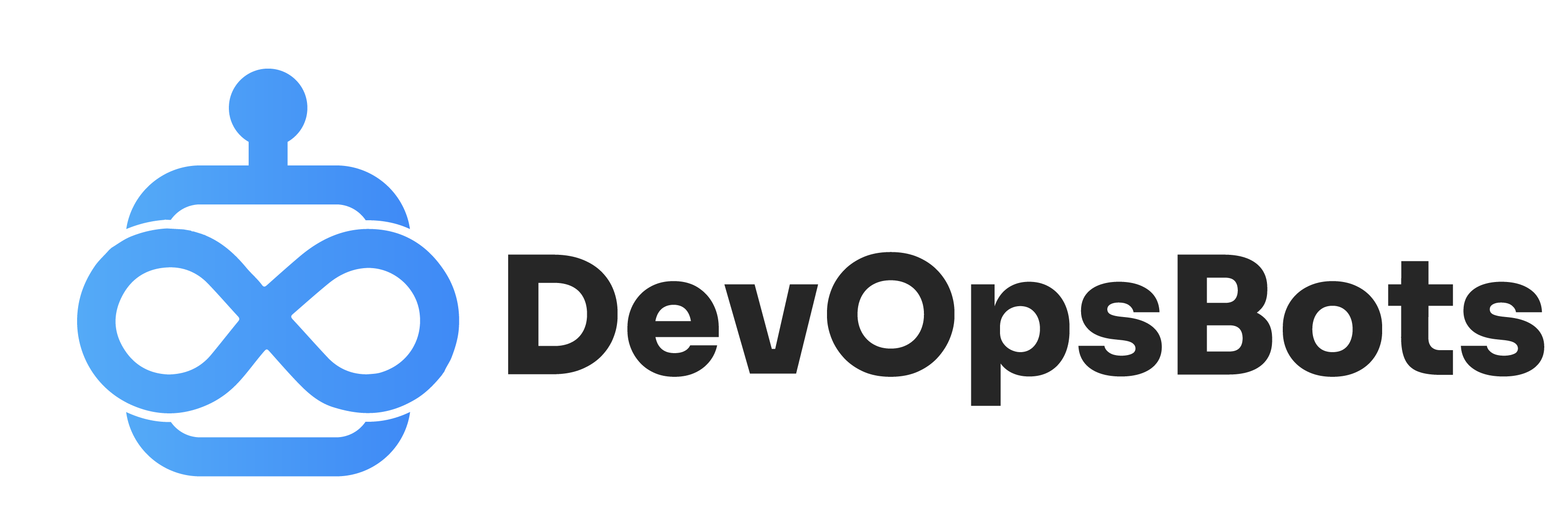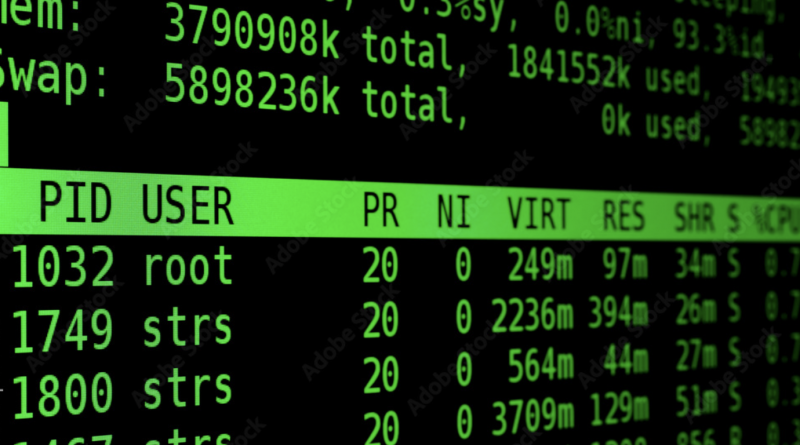Inside the Kernel’s Toolbox: Understanding System Calls for DevOps
Understanding the concept of system calls is pivotal for anyone aspiring to make it big in the DevOps realm. This blog post will delve into what system calls are, provide examples, and finally, help you ace your DevOps interviews with some pertinent questions and answers.
What is a System Call?
A system call is a programmatic way in which a computer program requests a service from the kernel of the operating system. This service could range from creating processes, reading and writing to files, communication and more. In essence, system calls provide an interface between a process and the operating system.
Types of System Calls
System calls can generally be grouped into five major categories:
1. Process Control: These include calls for end, abort, load, execute, create process, terminate process, and more. They control how a process is created, ends, or how it interacts with other processes.
2. File Management: These include calls like create file, delete file, open, close, read, write, etc. They control the interaction between the system and files or directories.
3. Device Management: These include calls like request device, release device, read, write, logically attach or detach devices, etc. They manage the hardware components of a system.
4. Information Maintenance: These include calls like get time or date, set time or date, get system data, set process attributes, get process attributes, etc. They handle information on a system or process level.
5. Communication: These include calls like create, delete communication connection, send, receive messages, transfer status information, etc. They manage how processes communicate with each other and with the system.
Let’s walk through these commands and what happens behind the scenes when you execute them.
1. ls:
The ls command is used to list files and directories within a directory. When you type ls and hit enter, the following occurs:
- A shell (like bash or zsh) takes the
lscommand as input and identifies it as a program to execute. - The shell then makes a
forksystem call to create a new process. - In the new process, the shell makes an
execsystem call to replace the current program (the shell) with thelsprogram. - The
lsprogram makesopen,read, andclosesystem calls to read the contents of the directory. - The
lsprogram also makeswritesystem calls to output the results to the screen. - Once it has completed its task, the
lsprogram terminates and control is given back to the shell.
2. mkdir:
The mkdir command is used to create a new directory. When you type mkdir new_directory and hit enter, this happens:
- The shell takes the
mkdircommand as input and identifies it as a program to execute. - The shell makes a
forksystem call to create a new process. - In the new process, the shell makes an
execsystem call to replace the current program with themkdirprogram. - The
mkdirprogram makes amkdirsystem call to create a new directory in the file system. - Once it has completed its task, the
mkdirprogram terminates and control is given back to the shell.
3. touch:
The touch command is used to create a new, empty file, or to update the access and modification times of an existing file. When you type touch new_file and hit enter, this happens:
- The shell takes the
touchcommand as input and identifies it as a program to execute. - The shell makes a
forksystem call to create a new process. - In the new process, the shell makes an
execsystem call to replace the current program with thetouchprogram. - The
touchprogram makes anopensystem call with flags to create the file if it does not exist, and then it immediatelycloses it. If the file already exists,touchupdates the file’s access and modification times. - Once it has completed its task, the
touchprogram terminates and control is given back to the shell.
4. rm:
The rm command is used to remove files or directories. When you type rm some_file and hit enter, this happens:
- The shell takes the
rmcommand as input and identifies it as a program to execute. - The shell makes a
forksystem call to create a new process. - In the new process, the shell makes an
execsystem call to replace the current program with thermprogram. - The
rmprogram makes anunlinksystem call to remove the file from the file system. - Once it has completed its task, the
rmprogram terminates and control is given back to the shell.
Remember, each of these operations happens in the blink of an eye, illustrating the efficiency and speed of system calls and the operating system.
Examples of system calls under each category:
1. Process Control:
fork(): This system call is used to create a new process. The newly created process is a copy of the calling process. Both the child and the parent process run from the point right after the fork system call.exec(): This system call replaces the current process image with a new process image. It essentially loads a new program into the current process. The new program starts executing at its main() or equivalent.
2. File Management:
open(): This system call is used to open an existing file or create a new file. It returns a file descriptor that can be used to read from or write to the file.read(): This system call is used to read data from a file into a buffer. The file is identified by the file descriptor obtained from theopen()system call.
3. Device Management:
ioctl(): Theioctl()system call provides a way to send a variety of commands to devices. These commands can do things like format a disk, eject a CD-ROM drive, or query a device’s status.write(): Thewrite()system call writes data from a buffer to a file or device. The file or device is identified by a file descriptor.
4. Information Maintenance:
getpid(): This system call retrieves the process ID of the current process. This is often used in programs where child and parent processes need to differentiate each other.time(): This system call retrieves the current system time. It can be used to record when certain events happen, or to create timestamps.
5. Communication:
socket(): This system call creates a new communication endpoint (i.e., a socket). Sockets are widely used for network communication.send(): This system call is used to send data over a connection-oriented (TCP) or connectionless (UDP) socket.
Remember, these are just some examples of system calls in each category. Each operating system has a multitude of system calls providing various services, and different programming languages provide various ways to access these services.
Deep Dive into DevOps Interview Questions
Q1: What is a System Call?
A: A system call is a programmatic way a computer program requests a service from the kernel of the operating system.
Q2: What are the different types of system calls?
A: The different types of system calls include Process Control, File Management, Device Management, Information Maintenance, and Communication.
Q3: Can you provide an example of a system call?
A: An example of a system call is the ‘open’ system call used in file management. It is used to open an existing file or create a new file.
Q4: Why are system calls important in operating systems?
A: System calls provide an interface between a process and the operating system. They allow user programs to interact with the system resources and services.
Q5: What is the difference between a system call and a function call?
A: A function call is a call to a subroutine within the same program while a system call is a call to a subroutine within the kernel.
Preparing for DevOps interviews can seem daunting, but understanding the concepts at a granular level, such as system calls, can give you an edge. Remember, DevOps is not just about the tools but understanding the underlying principles that make these tools work. Understanding system calls is just one step in that direction.


